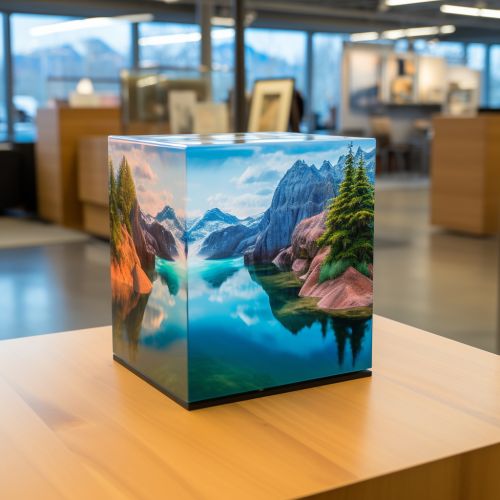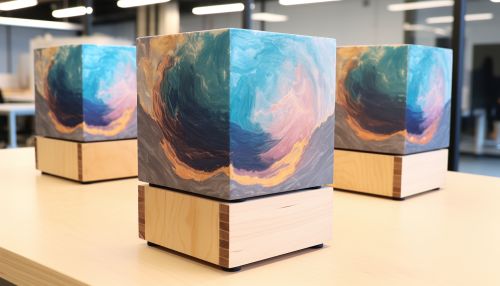Viewpoint variation
Introduction
Viewpoint variation, also known as perspective variation, is a concept in visual perception and art that refers to the change in appearance of objects when viewed from different positions or angles. It is a fundamental aspect of how we perceive the world and interpret visual information. This article delves into the intricacies of viewpoint variation, its implications in various fields, and its significance in our everyday life.


Understanding Viewpoint Variation
Viewpoint variation is a phenomenon that occurs when the appearance of an object changes as the observer's viewpoint changes. This is a result of the three-dimensional nature of our world and the two-dimensional nature of the images formed on our retinas. The brain interprets these two-dimensional images and constructs a three-dimensional perception of the world.
Factors Influencing Viewpoint Variation
Several factors influence viewpoint variation. These include the angle of observation, the distance between the observer and the object, and the object's orientation relative to the observer. Each of these factors can significantly alter the perceived shape, size, and position of the object.
Viewpoint Variation in Art
In art, viewpoint variation is a fundamental concept that artists use to create a sense of depth and three-dimensionality in their work. By manipulating viewpoint, artists can create the illusion of depth on a flat surface, a technique known as linear perspective.
Viewpoint Variation in Visual Perception
In visual perception, viewpoint variation plays a crucial role in our ability to perceive the world in three dimensions. The brain uses cues from viewpoint variation to infer the shape, size, and position of objects in our environment. This process, known as depth perception, is essential for navigating our world and interacting with objects in it.
Viewpoint Variation in Computer Graphics
In computer graphics, viewpoint variation is used to create realistic images and animations. By simulating the effects of viewpoint variation, computer graphics software can generate images that accurately represent the appearance of three-dimensional objects from different viewpoints.
Viewpoint Variation in Robotics
In robotics, understanding viewpoint variation is crucial for robots to navigate and interact with their environment. Robots use sensors to capture visual information from different viewpoints, and algorithms to interpret this information and construct a three-dimensional model of the world.
Conclusion
Understanding viewpoint variation is essential in many fields, including art, visual perception, computer graphics, and robotics. By studying and manipulating viewpoint variation, we can create realistic art, design effective visual systems, and build intelligent robots.
